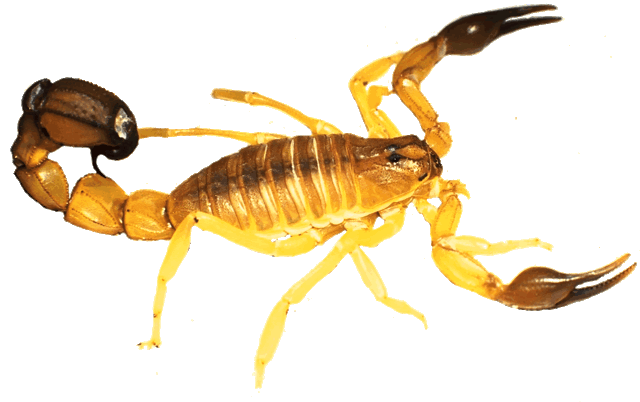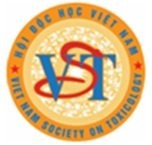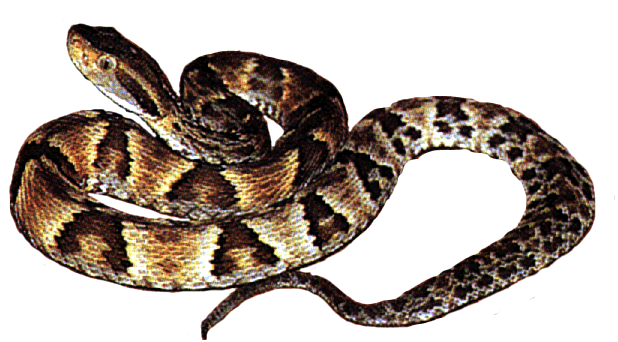
According to the conclusion of the World Health Organization, Vietnam’s HTKNR meets international standards and is successfully applied clinically. In particular, the price is much cheaper, only 1/20 compared to HTKNR produced in other countries.
“No matter when a poisonous snake bites, a patient is hospitalized as long as their heart has not stopped beating, we can still save their life.” That is the assertion of Doctor Trinh Xuan Kiem, Poison Control Center of Mai Hospital when I came to see him after a working day that ended very late.
The patient will immediately be infused with a powerful anti-venom serum extracted from the snake venom itself. Doctor Kiem recounted that on November 24, 1991, patient Le Quang Truong (Dong Nai) was admitted to Cho Ray hospital in a state of unconsciousness due to being bitten by a cobra. Endotracheal intubation is the “best” method that the hospital has so far applied to cases of venomous snake bites. However, with this method the possibility of the patient being cured is very small.
At that time, Truong’s family received information about Dr. Trinh Xuan Kiem (then Head of the Department of Hematology and Blood Transfusion, Cho Ray Hospital) who was researching and manufacturing anti-snake venom serum (HTKNR). The family begged for a serum transfusion even though they knew this serum had not yet been officially approved for treatment and it was unclear how effective the treatment would be. Only when he had the decision of Cho Ray Hospital Director Trinh Kim Anh, “agreeing to use the serum made by Dr. Kiem”, did Mr. Kiem boldly mix the medicine and give it intravenously to Truong. . The medicine was infused from 12:00 a.m. to 3:00 a.m., and at 5:00 a.m. the same day, Truong was able to open his eyes. By 6:00 a.m., Truong was awake and healthy and could self-extubate. The knee wound has completely subsided. The danger was over, Truong was saved.
From suggested information
In the 80s, while working at the Department of Hematology and Blood Transfusion, Cho Ray Hospital, Mr. Kiem witnessed and directly interacted with many cases of poisonous snake bites, but could not do anything to save him. Surname. Patients often have blood clotting disorders, are hospitalized with bleeding in multiple forms, multiple organs on the skin, oral mucosa, eyes, vomiting and urinating blood… Sometimes patients also suffer from neurotoxicity. nerves, causing nerve-muscle paralysis and respiratory arrest. At this time, Cho Ray Hospital has not yet found the most effective treatment and only applies endotracheal intubation. However, with this method, the possibility of the patient being cured is very low. Many patients died after a few days or were left with serious complications such as local necrosis, limbs having to be amputated due to deep and widespread necrosis…
In extremely difficult economic conditions combined with Vietnam’s climatic and geographical characteristics, the number of people in rural, low-lying and mountainous areas bitten by poisonous snakes each year is estimated to be up to tens of thousands. Mr. Kiem felt heartbroken when he witnessed patients bitten by poisonous snakes facing death every hour while the country’s medical system has not yet found a specific medicine. He believes that this is a “neglected medical problem” in Vietnam. Because NR systems are specific to each geographical area and each country, each country needs to produce their own NR HT systems for their own country.
This troubled him for a long time. Until one time, on his assignment as an interpreter for a group of World Health Organization professors visiting a snake farm in Binh Quoi, he was prompted by Professor David Warrell with some information that could help him. Treat venomous snake bites with antivenom serum. Later, he called Professor David “The person who paved the way for treatment with specific HTKNR in Vietnam“. Since then, Doctor Kiem has researched documents, books and newspapers day and night to find information related to the treatment of poisonous snakebites.
Successful clinical application
It is necessary to prepare antibodies capable of neutralizing venom in the body based on the types of snakes living in Vietnam. Forgetting all dangers, Mr. Kiem personally caught and identified each type of snake and personally took the snake venom. Based on scientific research, the necessary steps to make HTKNR are: taking snake venom, creating an antigen, then injecting that antigen into the animal’s body (preferably a horse), stimulating stimulates the horse’s immune system to produce horse antibodies against snake venom. After about 7 to 8 months, the horse’s blood is taken to purify it into anti-snake venom serum.
The good news spread far and wide. After Truong was cured, the number of patients bitten by poisonous snakes coming to Cho Ray Hospital for treatment increased day by day. Due to seeing the effectiveness and necessity in treating poisonous snake bites of HTKNR, in 1993 the Ministry of Health licensed Cho Ray Hospital, in the name of doctor Trinh Xuan Kiem, to conduct research and treatment. create HTKNR. In 1995, HTKNR was allowed for clinical use at Cho Ray Hospital.
In July 2003, the group of doctors Kiem was granted a patent by the Intellectual Property Office on the HTKNR technological process. Currently, HTKNR is undergoing multicenter clinical trials (used at hospitals nationwide). Up to now, Dr. Kiem and his colleagues have successfully prepared anti-venom serum for the 7 most venomous snakes in Vietnam: king cobra, earth tiger, cat tiger, cobra, scorpion, green snake, and krait.
In particular, the doctor’s group is the first group in the world to successfully manufacture scorpion HTKNR. At international toxicology conferences, many leading experts have confirmed that the quality, safety and effectiveness of HTKNR manufactured in Vietnam meet international standards and are successfully applied in clinical practice. In particular, the price is much cheaper, only 1/20 compared to HTKNR produced in other countries. Normally, after 12 to 24 hours of treatment with specific HTKNR, the patient recovers completely.
Source: Consumer Consulting – No.8, April 20, 200


